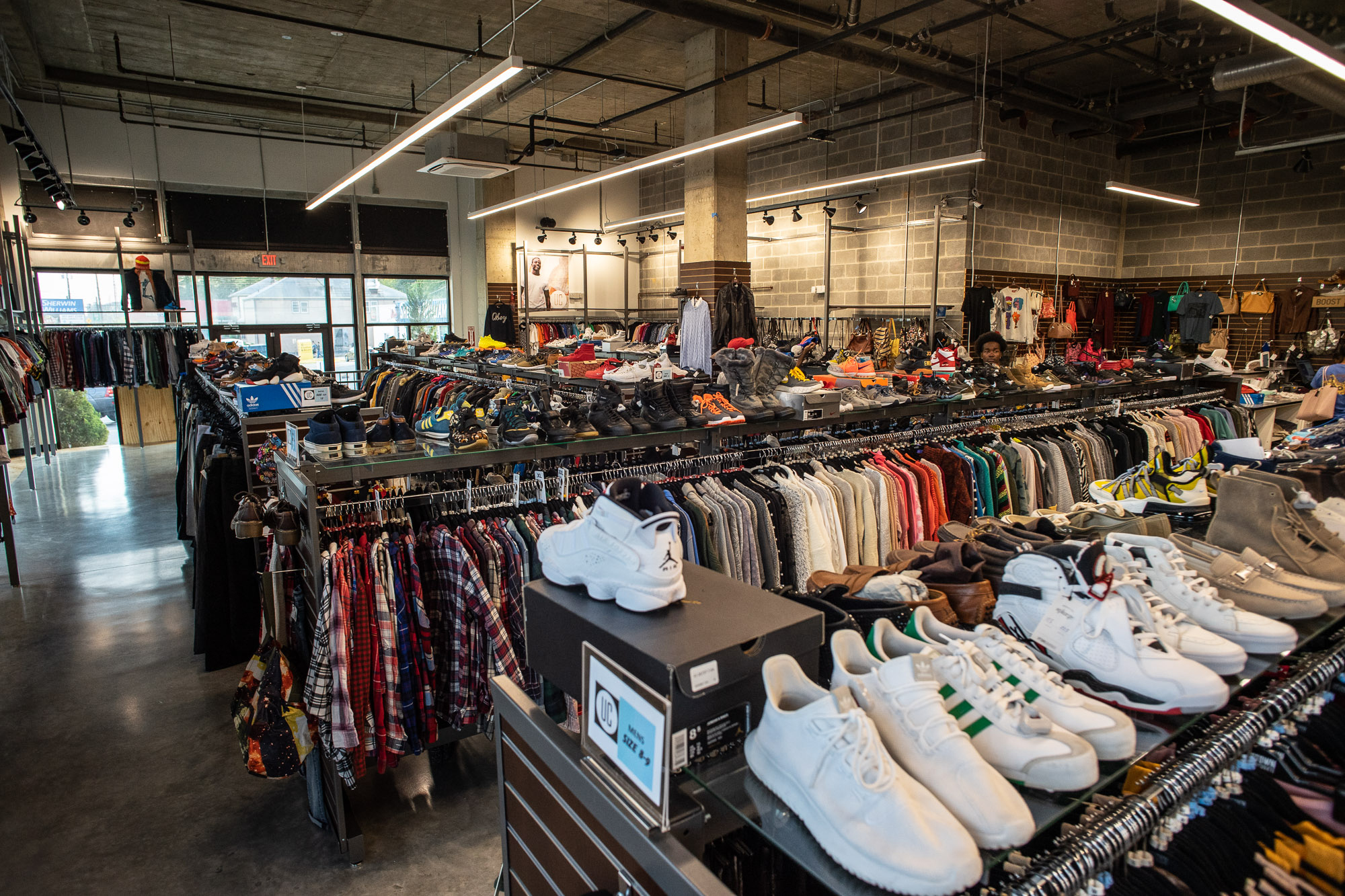Thrifting has become wildly popular over the past few years. For many, it’s evolved from something looked down on into the new “cool” thing to do. I admit, there’s no better feeling than finding something trendy at a ridiculously cheap price. Plus, there’s the added bonus that buying secondhand is better for the environment.
But sometimes people forget that, even before thrifting became popular, thrift stores are frequented by people who lack the means to buy brand-new items. Some argue that this has led to the gentrification of thrifting. As people who can afford brand-new clothing turn to thrifting — sometimes just to resell pieces at higher prices on sites such as Depop — there are fewer quality clothes left on the rack for the people who need them. While it’s hard to find a clear solution to this, college students need to become more aware of this issue and be more conscious consumers.
[This database is helping me expand my music taste]
I constantly struggle with this dilemma because while I don’t shop at thrift stores out of necessity, I am a broke college student who just doesn’t have the money for nice, eco-friendly clothes. I wish I had the funds to invest in small, sustainable brands, but I don’t. I feel bad ordering from Amazon, due to my hatred of Jeff Bezos. At this point we all know fast fashion isn’t ethical, and thrifting might lead to gentrified resources for those who need it the most, which leaves me wondering: Where exactly is it OK to shop?
Quick answer: There is no perfect place to shop without fault. However, understanding how your consumption habits impact others is key, and educating yourself is the first step.
From my research into ethical shopping, I’ve realized it’s OK to shop at thrift stores in moderation — as long as you’re not buying up the entire store. Try to avoid thrifting essential pieces like winter coats and shoes, because they may be the only option someone has for cold weather protection. And make sure you’re giving back: Thrift stores need donations to survive, so get in the habit of donating extra clothes or items.
Also, go beyond your neighborhood thrift store! Spread out your shopping so you don’t hit one store too hard. Look for garage sales and online sellers to find interesting clothing pieces. In the end, buying used does a lot of good for the environment — just be careful about how you do it.
[Review: ‘The War with Grandpa’ is a caricature of middle school life]
Another main tenet of sustainable shopping is simply buying less. I know that’s hard — it’s a tough one for me, too. Because of the internet, it’s easy to be trigger happy and buy things immediately without considering if you actually need it. The rush you get waiting for a package is addicting. But many times it’s not totally satisfying, creating a vicious cycle of buying, waiting and more buying. Stop the cycle and stop buying things you don’t need! Find other ways to fill your boredom than shopping.
When you do buy, seek out eco-friendly fibers, such as linen, organic wool, organic cotton and hemp. I’m not telling you to throw out your closet and only buy these types of fabrics, but it’s a good practice to search out sustainable fibers if you are purchasing new products.
There are a few sustainable and affordable brands out there, but they are hard to come by. One brand I like for basics is For Days, which is fairly inexpensive and allows customers to send back old clothing to be upcycled. And Girlfriend Collective is great for ethically made activewear.
The moral of this shopping story is that, first and foremost, we need to be understanding. Some people might need to purchase fast fashion occasionally because it’s what they can afford. Some college students might go to their local thrift store because they don’t want to buy new. It’s OK if you aren’t perfect. No one is. But ultimately, being a conscious consumer is a big step in the right direction.



